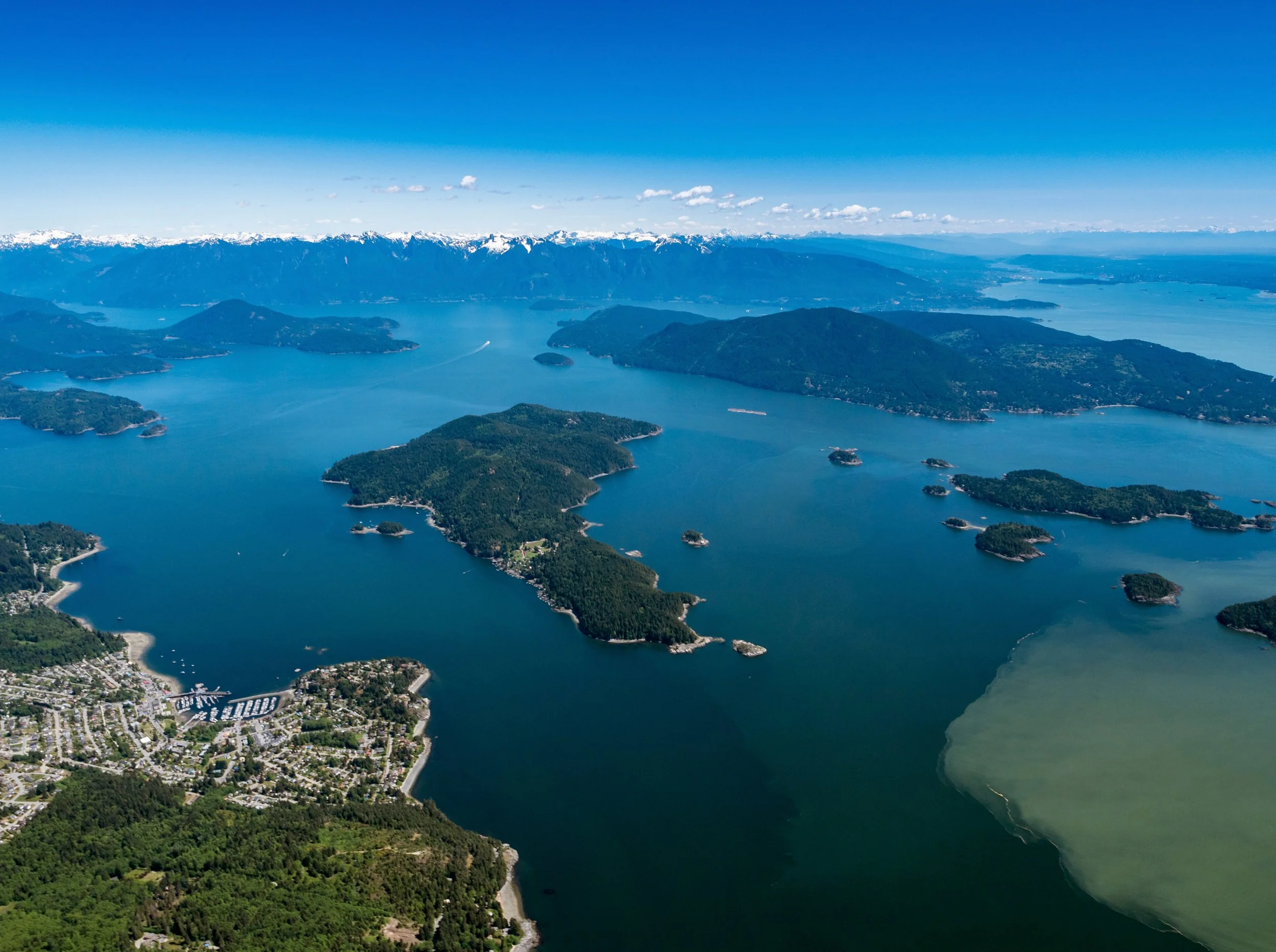Photo by overflightstock.com
Biosphere Regions (or Biosphere Reserves) are models for sustainable development, implementing the United Nations Sustainable Development Goals through collaboration and engagement across communities and sectors. They inspire a positive future for people and nature.
The United Nations Educational, Scientific and Cultural Organization’s (UNESCO) mission is to build networks among global nations to achieve lasting peace.
UNESCO’s Man and the Biosphere Programme (MAB) is an internationally acclaimed program with the goal of ensuring human health and welfare in an enduring and livable environment, while cultivating opportunities for sustainable development. The World Network of Biosphere Reserves includes 759 sites in 136 countries around the world.
-
Though Biosphere Reserve is the official UNESCO title, Biosphere Region is used in some cases. In the Átl'ḵa7tsem / Howe Sound Biosphere Region, this deliberate choice of terminology reflects the respect to our Indigenous communities and the colonial impact of the 1876 Indian Act reserve system.
Biosphere Regions are areas of terrestrial and coastal/marine ecosystems that are internationally recognized within the MAB program. In a Biosphere Region, lands and waters are designated into three zones: Core areas comprise strictly protected ecosystems. Buffer zones adjoining the core areas are used for activities that reinforce ecological practices like scientific research, education and training. Transition zones support the greatest use and activities, and foster socio-culturally and ecologically sustainable development.
A Biosphere is intended to fulfill these complementary and mutually reinforcing functions:
1. Conservation – to contribute to conservation of landscapes, ecosystems, species and genetic variation
2. Development – to foster socio-culturally and ecologically sustainable economic and human development
3. Reconciliation – to implement projects in collaboration with Indigenous Peoples and uphold the UN Declaration on the Rights of Indigenous Peoples (UNDRIP)
4. Climate Action – to empower people to mitigate and adapt to climate change and carry out climate action projects in partnership with all sectors of society
5. Logistic Support – to provide support for research, monitoring, education and information exchange related to issues of conservation and development
Each Biosphere organization must co-create its own unique governance structure to meet its functions and objectives.
Biosphere Region organizations are governed by the UN’s Statutory Framework for Biosphere Reserves. Designation of a Biosphere Reserve requires no special legislation, nor is it subject to any binding convention. It utilizes existing legal frameworks for protection and management and provides a structure within which to develop innovative, environmentally sustainable and culturally appropriate approaches to economic development.
While each Biosphere Region is unique, all have three main functions demonstrating:
Conservation & Protection of Biodiversity
Sustainable Development
Education, Research and Monitoring
To learn more about UNESCO Biosphere Reserves and our Átl’ka7tsem/Howe Sound Biosphere Region view our YouTube Channel.
A Global and A Canadian Network
We are part of the World Network of Biosphere Reserves. In Canada, we became its 19th UNESCO Biosphere Region, and are members of the Canadian Biosphere Regions Association. Click on the map below to discover the other eighteen biosphere regions in Canada.
Created in 1997, the Canadian Biosphere Region Association (CBRA) is the national organization representing Canada's network of 19 UNESCO-designated biosphere regions. CBRA stands both as an organization in its own right and as the collective voice of Canada’s 19 UNESCO-designated biosphere regions. Its mission is to raise the collective profile and capacity of Canada’s UNESCO Biosphere regions as leaders in reconciling relationships with the natural environment and with diverse cultures. On a day-to-day basis, CBRA supports Canadian biosphere regions, creates opportunities for sharing within the network, and promotes the local work of the regions to raise awareness of the collective impact of biosphere regions across the country. Find out more on https://biospherecanada.ca/




